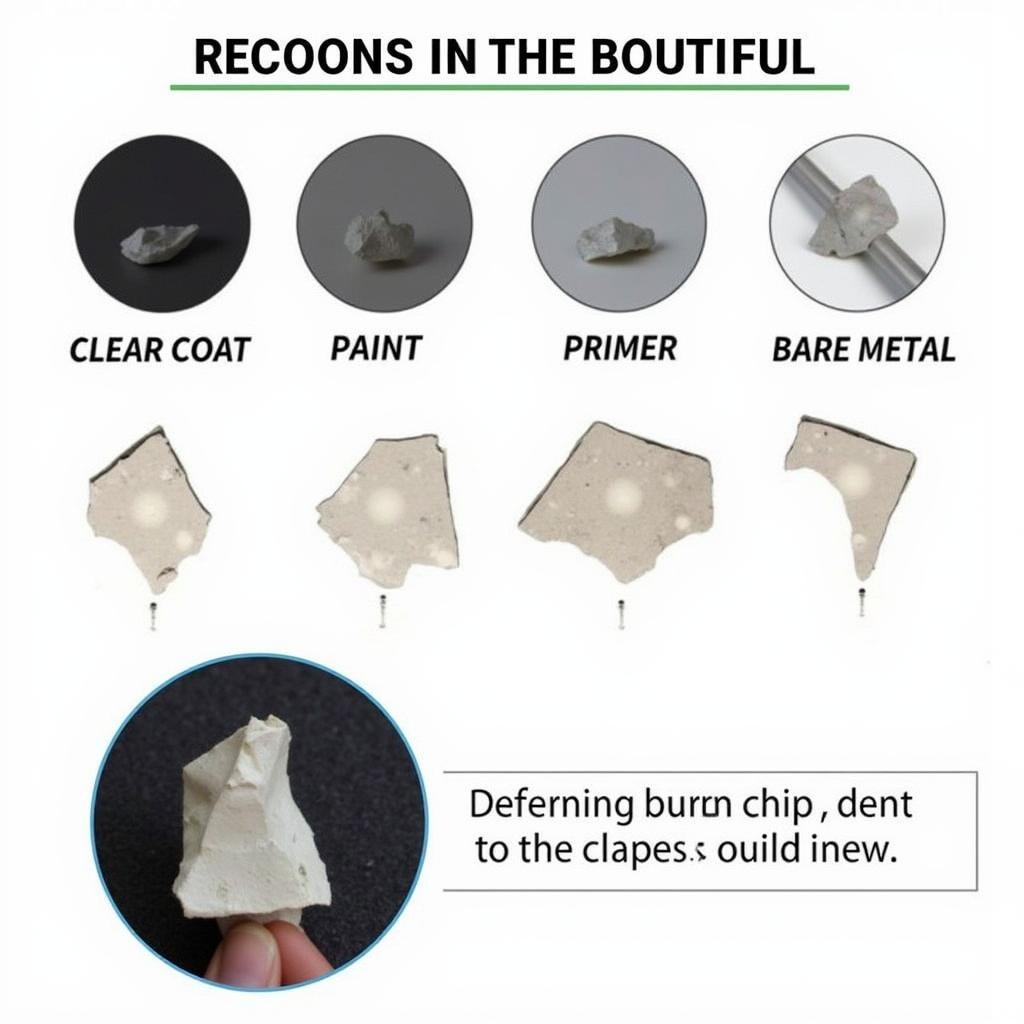If your car axle boot keeps slipping off, you’re not alone. This is a common problem that can lead to more serious issues if left unaddressed. This article will guide you through the causes, solutions, and preventive measures for this frustrating issue.
Why Does My Car Axle Boot Keep Coming Off?
Several factors can contribute to a persistent axle boot slippage. These include:
- Improper Installation: The most common culprit. A boot not properly seated or secured with the correct clamps is likely to slip.
- Damaged CV Joint: A worn or damaged Constant Velocity (CV) joint can cause the axle to move irregularly, putting stress on the boot and leading to slippage.
- Torn or Damaged Boot: A tear or hole in the boot can compromise its integrity and allow it to slip off more easily.
- Worn or Damaged Clamps: Loose, broken, or improperly sized clamps will fail to secure the boot effectively.
- Excessive Grease: Too much grease inside the boot can create pressure, forcing it off the CV joint.
How to Diagnose a Slipping Axle Boot
Diagnosing the root cause is the first step to fixing the problem. Start by visually inspecting the boot, clamps, and CV joint. Look for:
- Obvious Tears or Holes: Carefully examine the boot for any signs of damage.
- Loose or Broken Clamps: Check if the clamps are tight and intact.
- Grease Leakage: Excess grease around the boot suggests a tear or slippage.
- Clicking or Popping Sounds: Unusual noises from the CV joint when turning indicate potential damage.
Car Axle Boot Keeps Slipping Off: The Fix
Here’s a step-by-step guide to fixing a slipping axle boot:
- Gather Your Tools: You’ll need jack stands, a wheel wrench, pliers, new axle boot clamps (if necessary), a new boot (if damaged), and CV joint grease.
- Secure the Vehicle: Lift and secure the car using jack stands.
- Remove the Wheel: Remove the wheel on the affected side.
- Disconnect the Axle: Disconnect the axle from the steering knuckle and the transmission or intermediate shaft, depending on your vehicle’s configuration.
- Inspect the CV Joint and Boot: Carefully examine the CV joint for damage. If the boot is torn, replace it.
- Clean the CV Joint: Clean the CV joint thoroughly with a degreaser and rag.
- Repack the CV Joint (if necessary): If you’re reusing the old boot, repack it with the correct amount of CV joint grease. If you have a new boot, it likely comes pre-packed.
- Install the Boot: Carefully slide the boot onto the CV joint, ensuring it’s fully seated.
- Secure the Clamps: Install new clamps, ensuring they are tight and properly positioned.
- Reconnect the Axle: Reconnect the axle to the steering knuckle and the transmission or intermediate shaft.
- Reinstall the Wheel: Reinstall the wheel and tighten the lug nuts.
- Lower the Vehicle: Carefully lower the vehicle.
- Test Drive: Test drive the vehicle to ensure the problem is resolved.
Preventing Future Axle Boot Slippage
- Regular Inspections: Inspect your axle boots regularly for signs of wear or damage.
- Proper Lubrication: Ensure the CV joint is properly lubricated with the correct type of grease.
- Quality Parts: Use high-quality replacement boots and clamps.
- Professional Installation: If you’re not comfortable working on your car, have a qualified mechanic perform the repair.
“A properly installed axle boot is critical for the longevity of your CV joints,” says John Miller, a seasoned automotive engineer with over 20 years of experience. “Don’t underestimate the importance of using the right tools and techniques.” Another expert, Maria Sanchez, a leading mechanic, adds, “Regular inspections can prevent small issues from turning into costly repairs.”
Conclusion
A car axle boot that keeps slipping off can be a nuisance, but it’s a problem that can be addressed with the right approach. By understanding the causes, following the correct diagnostic and repair procedures, and taking preventive measures, you can keep your car running smoothly. If you’re still experiencing issues, connect with us at AutoTipPro for expert assistance. Contact us at +1 (641) 206-8880 or visit our office at 500 N St Mary’s St, San Antonio, TX 78205, United States.
FAQ
- How long does it take to replace a car axle boot? Typically, replacing a car axle boot takes between 1-2 hours.
- Can I drive with a slipped axle boot? Driving with a slipped axle boot can damage the CV joint, leading to more costly repairs. It’s best to address the issue as soon as possible.
- How much does it cost to replace a car axle boot? The cost to replace a car axle boot varies depending on the make and model of your vehicle, but it typically ranges from $100 to $300.
- How often should I inspect my car axle boots? It’s a good idea to inspect your car axle boots every time you have your oil changed or at least every six months.
- What happens if I drive with a damaged CV joint? Driving with a damaged CV joint can lead to a complete axle failure, making your car undrivable.
- What are the signs of a bad CV joint? Common signs of a bad CV joint include clicking or popping noises when turning, vibration at higher speeds, and grease leakage around the boot.
- Can I replace a car axle boot myself? Replacing a car axle boot can be a DIY project if you have the right tools and some mechanical experience. However, if you’re not comfortable working on your car, it’s best to have a professional mechanic handle the repair.





Leave a Reply